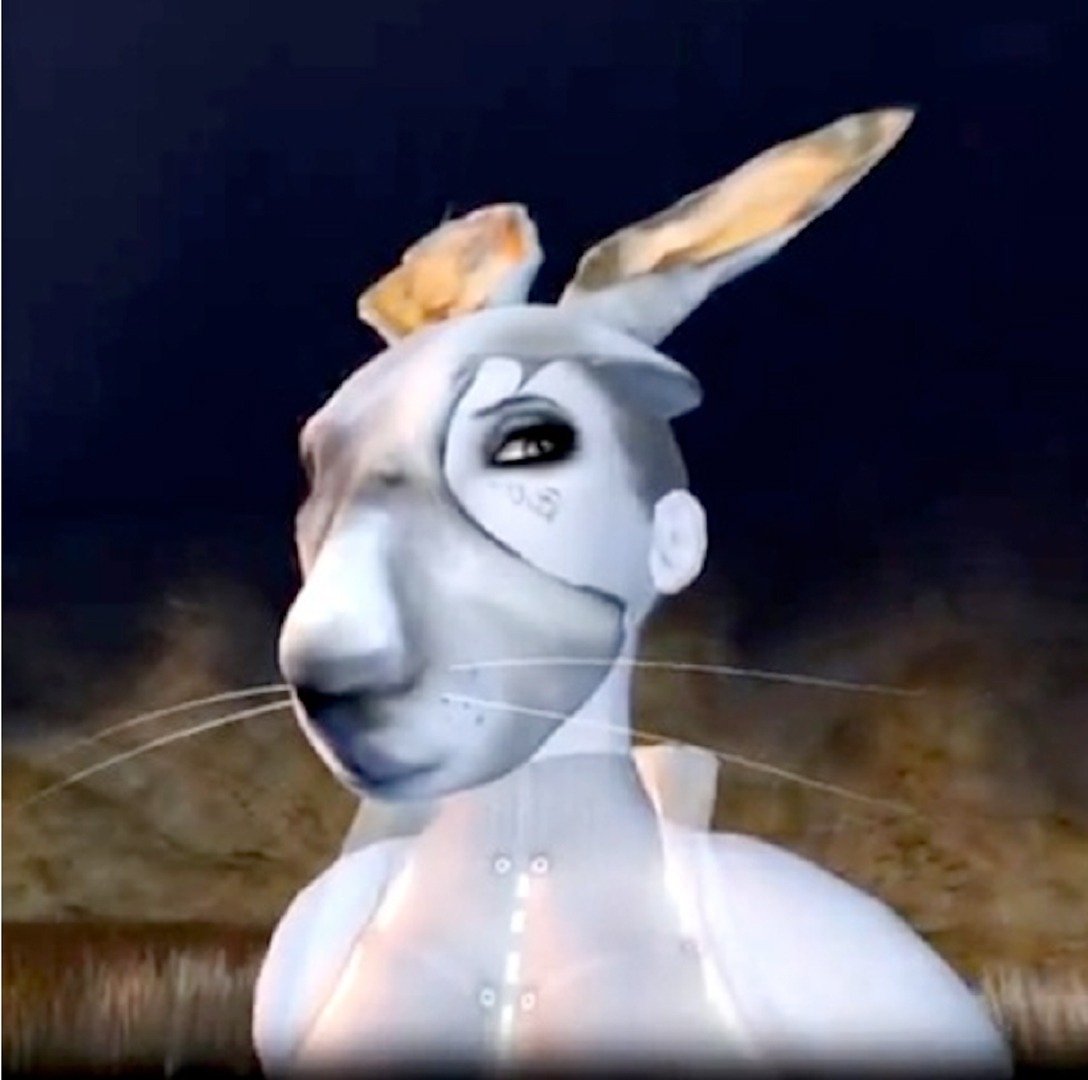A Daydreamer of Someone Else’s Dreams, A Theoretical Framework for the Future Web
Symposium:
- ISEA2016: 22nd International Symposium on Electronic Art
-
More presentations from ISEA2016:


Session Title:
- Reality (virtual, augmented, gamified)
Presentation Title:
- A Daydreamer of Someone Else’s Dreams, A Theoretical Framework for the Future Web
Presenter(s):
Venue(s):
Abstract:
Abstract (short paper)
This paper describes theoretical and methodological frameworks around aesthetic exchange in the virtual world. These frameworks hypothesize about the merging of social networks, avatars and online interaction, in what the author proposes as a future metaverse. This latter term refers to the technical, psychological and socio-cultural ways of living and interacting while being logged online permanently. This includes quotidian activities that already form part of our networked interactions, such as socialising, sharing and collective-content-production. Here it is important to deter other remedial solutions to the complexity and ambiguity of such hypothetical mergence: some of those solutions are defective at best and merely demean the rich transference between identity, self-representation and subjectivity experienced in the metaverse. The remedial solutions around the idea of uniformed and standardised representations of the self (or travatars) remain unhealthy. They merely serve to threaten the rich cultural production of subjectivity and the flux of multiple identities that constitute a small but highly influential part of the humanisation of virtual and digital technologies through aesthetic exchange in online interaction. Consequently, the design, use and cultural value of avatars and their equivalents in the virtual world will be critically examined in this paper.





